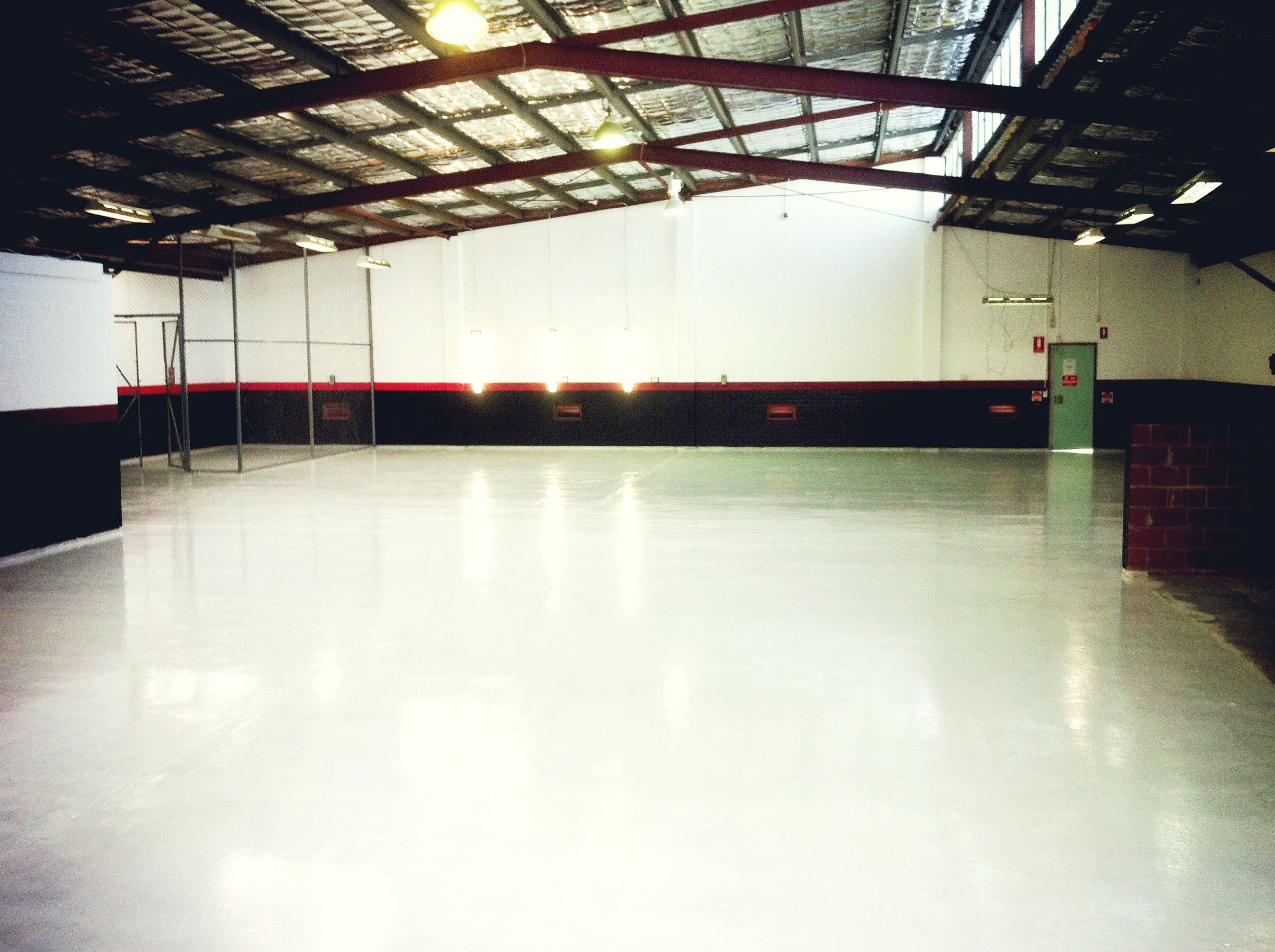6 Cold Weather Safety Tips for Installers

2019-03-06
Even if your winter concrete coating projects keep your team primarily indoors, cold weather and dropping temperatures bring safety hazards that apply to all contractors, even simply getting to and from the job site.
And if you happen to be installing a polyurea floor coating - which can be applied in temperatures as low as -20?F - you may be exposed to freezing temperatures despite working indoors, if you're (for example) in an uninsulated garage or refrigerated room.
We searched the web to gather the top 6 safety tips for installers:
1) Recognize (and don't dismiss) cold stress and injury. Cold stress occurs when heat rapidly leaves the body and can lead to illness or injury and can even occur when temps are in the 50s if rain or wind are present.
Risk factors for cold stress include: Wetness/dampness, dressing improperly, and exhaustion; health conditions such as hypertension, hypothyroidism, and diabetes; and poor physical conditioning or circulation.
Types of cold stress include:
- Trench foot, which occurs when feet are exposed to wet and cold conditions for prolonged periods (feet lose heat 25X faster when wet). Symptoms include reddened skin, pain, swelling, tingling, blisters, leg cramps and numbness.
- Frostbite, which occurs when the skin freezes. Symptoms include reddened skin that develops gray or white patches, aching, tingling, loss of feeling and possibly blisters and hardening of the affected area. Frostbite usually affects extremities like fingers, toes, the nose or earlobes.
- Hypothermia, which occurs when the body's temperature drops to less than 95? F. When in the cold too long, the body will lose heat fast and eventually use up stored energy. Symptoms include uncontrollable shivering and can progress to loss of coordination, confusion, slurred speech, slowed heart rate and breathing - and at worst, unconsciousness and death.
2) Drive with special care. Winter driving can be extremely dangerous. According to the US Department of Transportation (DOT), 24% of weather-related vehicle crashes occur on icy, slushy or snowy roads. Every year, 1,300+ people are killed on roads under these conditions, and over 900 are killed during snowfall or sleet.
3) Wear the right gear:
- A warm, protective hat: The body can lose up to 40% of its heat through the head, exposed to the elements. If appropriate, wear a hard hat with liners to protect from falling objects and head injuries in case of a slip or fall. Liners help trap heat and keep you warm.
- Gloves: Hands are especially vulnerable when working in the cold. Contractors should wear gloves that allow them to handle tools easily, while also providing cold protection.
- Waterproof boots: Since a common cause of injury is wet feet, wear waterproof, slip-resistant boots. Double up on sock layers. Avoid wearing cold steel-tip boots in the winter.
- Layer up: OSHA recommends wearing at least 3 layers of loose-fitting clothing if working in extreme cold - an inner layer of wool, silk or polypropylene to repel moisture, a middle layer of wool or polypropylene to insulate, and an outer protective layer that allows some ventilation.
4) Inspect worksites and vehicles. A European study found that 60% of fatalities resulted from decisions made before work began; as a best practice, always inspect job sites for potential hazards and low temperature conditions. (Don't forget to measure the temperature of the surface to be coated, as well as the surrounding air.) Equipment should be warmed up before use to avoid equipment damage.
5) Take breaks in heated areas and stay hydrated. Hot, sweetened drinks are recommended to promote warmth and keep energy up.
6) Training is key. According to OSHA, train workers in:
- How to prevent and recognize cold stress symptoms and injuries.
- The “importance of self-monitoring and monitoring” co-workers.
- How to provide first aid.
- What type of clothing is appropriate to wear.
- How to monitor weather conditions and report back to management.
Employers should also train workers to handle machinery and vehicles in snowy conditions. Employees should know how to inspect vehicles every day before work and how to recognize driving-related hazards.
Keep your team safe (and your business profitable) this winter! Need cold-weather coating materials and equipment? We can help. Schedule a call here with one of our flooring experts.
Latest News
How to Maintain Your Concrete Grinder
Gain Customers and Referrals in 4 Easy Steps
Ready for the Summer Rush? 4 Ways to Prepare
6 Cold Weather Safety Tips for Installers
How to Remove Salt Stains from Concrete
Testimonials
Every time I call I get to talk to someone, and I always have an answer within 20 minutes. That's awesome.
Client: Terry C.

